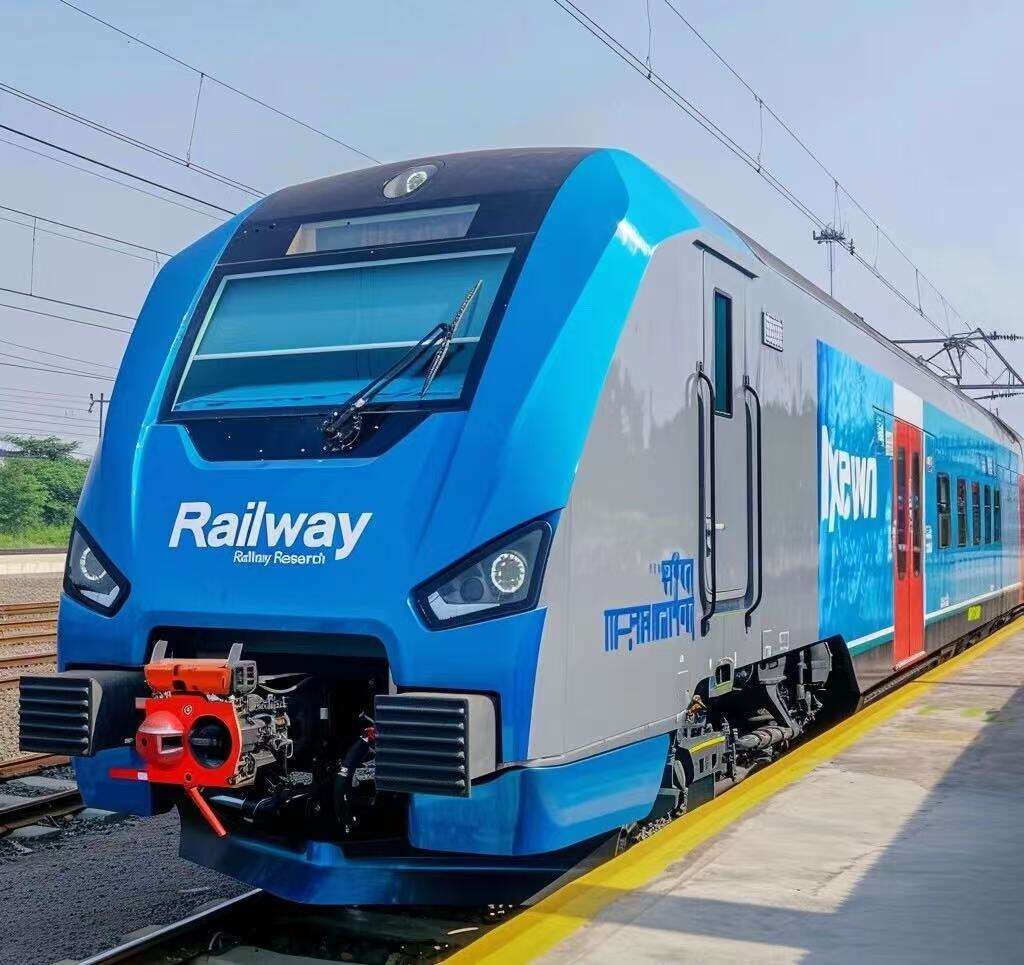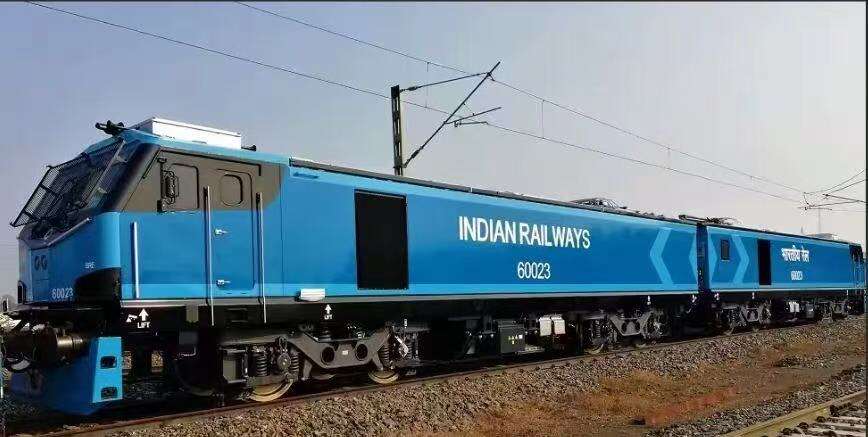According to Indian media reports, India plans to launch its first NaMo hydrogen-powered train in May 2025, marking a significant breakthrough in its green transportation sector. Equipped with a 1,200-horsepower hydrogen engine—far exceeding the power of similar global models (typically 600–800 horsepower)—the train has earned the title of "world's most powerful hydrogen train." Developed by an indigenous Indian team, the engine demonstrates the country's strength in railway technology R&D and lays a foundation for exporting advanced rail equipment. 
Emitting only water vapor, the hydrogen train aligns with Prime Minister Narendra Modi's vision of achieving net-zero emissions by 2070, serving as a clean alternative to traditional diesel locomotives. Ashwini Vaishnaw, India's Federal Minister, stated that this initiative aims to position India as a global leader in rail equipment manufacturing and exports, mirroring its success in electronics, telecommunications, and defense sectors. Currently, India is accelerating the international competitiveness of its railway industry through technological innovation, infrastructure upgrades, and talent development. 
Notably, India is also advancing high-power locomotive R&D, such as the 9,000-horsepower intelligent locomotive in Dahod, Gujarat, which integrates data processing capabilities and has been dubbed a "mobile data center." These efforts not only showcase India's commitment to green technology and innovation but also provide a reference model for global sustainable transportation, helping it establish dual benchmarks in environmental protection and technological excellence.
